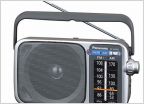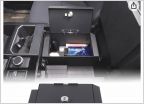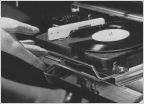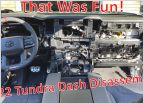-
Welcome to Tundras.com!
You are currently viewing as a guest! To get full-access, you need to register for a FREE account.
As a registered member, you’ll be able to:- Participate in all Tundra discussion topics
- Transfer over your build thread from a different forum to this one
- Communicate privately with other Tundra owners from around the world
- Post your own photos in our Members Gallery
- Access all special features of the site
Hybrid Oil Pressure Question
Discussion in '3rd Gen Tundras (2022+)' started by G8Santini, Aug 20, 2025 at 5:12 PM.
Page 1 of 2
Page 1 of 2


 2022 Tundra won't let you enjoy Drive in Movies! - Toyota, please fix
2022 Tundra won't let you enjoy Drive in Movies! - Toyota, please fix Auto start/stop seatbelt, why?
Auto start/stop seatbelt, why? Center Console Safe/Lock Box
Center Console Safe/Lock Box Playing CDs in 2023 Tundra
Playing CDs in 2023 Tundra Fast Wireless Charger Install
Fast Wireless Charger Install

















































































